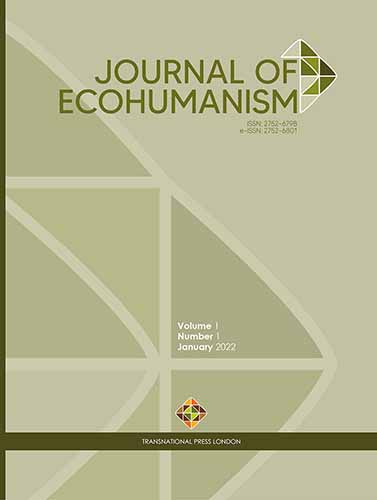Constructing an Immanent Sublime: Ecosophical Aesthetics as “Ecstatic Truth” in Werner Herzog’s Lessons of Darkness (1992)
Constructing an Immanent Sublime: Ecosophical Aesthetics as “Ecstatic Truth” in Werner Herzog’s Lessons of Darkness (1992)
Author(s): Colin GardnerSubject(s): Aesthetics, Social Philosophy, Structuralism and Post-Structuralism, Environmental interactions, Film / Cinema / Cinematography
Published by: Transnational Press London
Keywords: Herzog; Sublime; Ecosophy; Deleuze; Guattari;
Summary/Abstract: On its release in 1992, Werner Herzog’s quasi-documentary, Lessons of Darkness, was heavily criticised for ‘aestheticizing’ the ecological devastation of the First Gulf War by combining dream-like images of the Kuwaiti oil field fires with an overly romanticized soundtrack dominated by Wagner’s operas. Herzog’s response was that he was striving to move beyond what he calls ‘the accountant’s truth’ of Cinéma Vérité and achieve instead an ‘ecstatic truth,’ a term derived from Longinus which categorizes the sublime as a combination of immanent terror and delightful horror that strives not to persuade or educate the viewer but to entrance them, thereby attaining a higher form of truth, much like Nietzsche’s definition of art as ‘the highest power of falsehood,’ whereby ‘the will to deception is turned into a superior ideal.’ The essay then applies this form of ecstatic sublime to Félix Guattari’s ecosophical strategy, outlined in The Three Ecologies, where the usual dialectic between subject and object/nature, virtual and actual, fiction and documentary is dissolved in favour of nonhuman, interactive singularities, which act as a dynamic intersection for a series of autonomous vectors that radically transform ecology (and its associated activism) as we know it.
Journal: Journal of Ecohumanism
- Issue Year: 1/2022
- Issue No: 1
- Page Range: 45-56
- Page Count: 12
- Language: English

